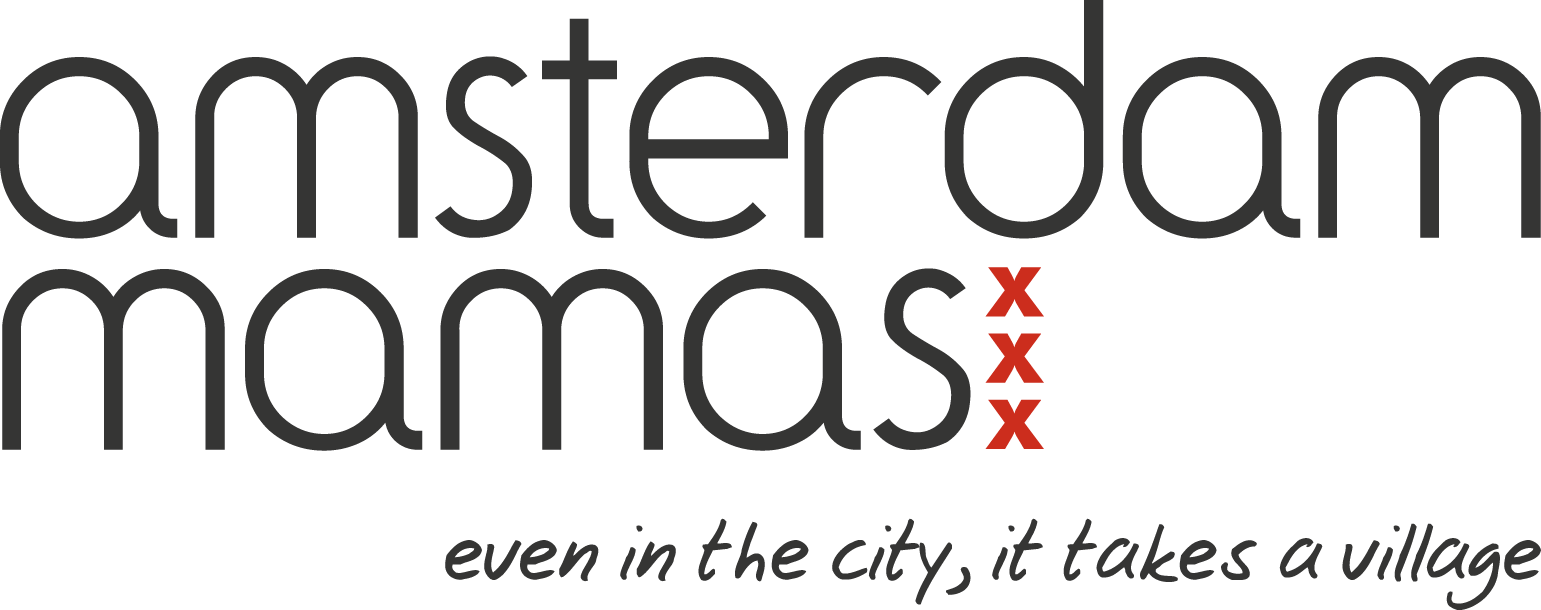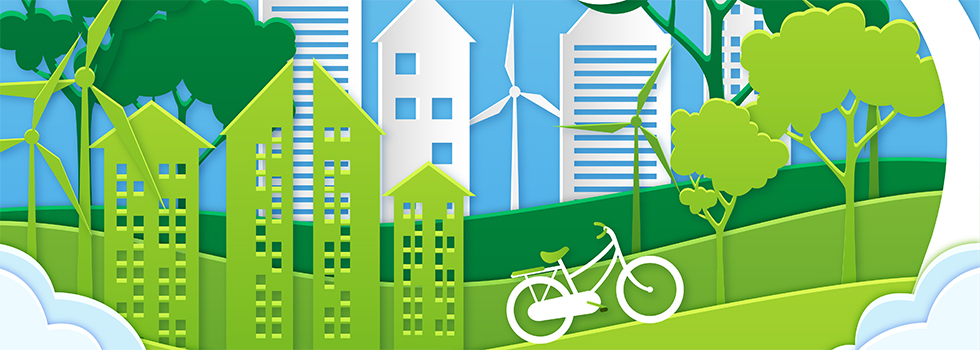The latest in our Living Sustainably series covers areas in our homes and in our lifestyles where we can make some earth and resource friendly adjustments.
Throw the light switch on, and the gloom of short winter days and endless nights is gone. Extreme temperatures outside? No problem, step inside into the air conditioning. Televisions, washing machines, dryers, dishwashers, refrigerators, lighting, heating and cooling, wifi etc. – everything seemingly works at the flip of a switch and life without these ‘amenities’ is unthinkable for most of us.
Yet how often do we think about where our utilities—electricity, gas and water—come from? As long as there are 24 hours of running water, power in the electric sockets and a continuous supply of gas for the cooker, most of us don’t think much about the origins and how our utilities… beyond perhaps hunting for a good deal on them.
Electricity and Gas
To begin, let’s look at where electricity comes from. At its most basic, electricity exists in the form of currents. These currents are all around us, for example, in the fantastic displays of lightning during thunderstorms. But most of this ‘natural electricity’ cannot be harnessed to use as a power source in our homes and industry. What we can use is produced in power plants, mostly from burning fossil fuels (coal, natural gas and oil) and converting the thermal energy produced into electricity.
The Netherlands is a land rich in natural gas and this resource has been harvested in the past to produce the majority of electric power. Natural gas is also supplied directly to homes for cooking and heating. However, like coal, natural gas is a non-renewable resource and its usage causes pollution. The Dutch government has decided to close down natural gas extraction from the largest plant in Groningen by 2030 and replace it with a nitrogen plant where imported gas will be converted into fuel in a sustainable way. Furthermore, according to the Energiagenda policy document published in 2016, gas heating and cooking will be phased out by 2050. This means that there will be no new gas connections to private houses and no new gas infrastructure will be developed. Instead, focus will be on providing green power through sustainable sources like windmills, geothermal energy etc.
There are many electricity providers (stroom leveranciers) in the Netherlands from which to choose, including green companies like Nuon/Vattenfall, Essent, Enco, Green Choice, and Easy Energy. While some of these companies, like Nuon/Vattenfall have invested in offshore wind energy, most fall short of their promises in terms of how green their electricity really is. So, while it’s quite uncomplicated to change your utilities supplier in the Netherlands and sites like Easy Switch and energievergelijken give you an overview of providers and costs, it pays to keep tabs on the sustainability factor too. Here is a comprehensive rating of energy suppliers in terms of sustainability as of 2018.
Thanks to strong initiatives and incentives by the Dutch government, solar energy has gained popularity in the Netherlands in the past few years. Homeowners can get tax subsidies and loans for installing solar panels (PV panels short for photovoltaic cell) on the roof of their houses. According to a study by Utrecht University, an estimated 2.5 million households will be on solar power by 2023. More information on existing Net metering and what it means can be found on the links provided.
Water Supply
We are extremely lucky to be living in a country where the tap water is of a very superior quality. Tap water in Amsterdam is of the highest quality in the country and the safest and cleanest in the whole of Europe. The government credits this to proper maintenance of pipelines and the fact that no chlorine or fluoride is added to the water supply. In fact, drinking tap water in the Netherlands is safer than drinking bottled water because tap water goes through much stricter quality checks than bottled water. It is also much better for the environment. The water supplier Waternet recently installed free water fountains all over Amsterdam in an effort to make clean drinking water available to people and reduce use of single-use plastic bottles.

60% of the drinking water in The Netherlands comes from groundwater and 40% from surface water sources. Currently there are 10 drinking water supply companies in the Netherlands. Which company supplies your water depends on where you live. While we take the supply of high quality water for granted, it is our responsibility to minimise polluting the waste water with chemicals.
Amsterdam continues to explore ways in which our household refuse can be recycled sustainably and responsibly. Medicines and household chemicals should never be disposed off in the general waste, drained down the sink or flushed down the toilet. Unused medicines can be taken back to the local pharmacy. All other chemicals such as paint, oil, toner, cleaning agents can be taken to the recycling station. Check out the points in your area here.
Amsterdam is now even recycling cooking fat and used frying oil for biofuel at specific supermarkets, schools, sports clubs and children’s farms!
Out and About – Green Transport
In a commendable effort to battle climate change and reduce carbon emissions, the Dutch government has been actively supporting the switch to plug-in electric commercial and private vehicles through exemption of registration fees and road taxes since 2015. The Dutch government has made a commitment to phase out all new cars that are run on non-renewable fuel by 2030. While there has been a substantial increase in the number of electric plug-in vehicles in the Netherlands in the past few years, the market share of alternative fuel-based cars is only around 7% as opposed to 75% of petrol cars. It’s also worth considering that while electric vehicles help reduce carbon emissions, unless the electricity used to power these vehicles is green, the problem is far from solved.
Another sustainable transport option for those who do not use cars on a regular basis and for whom owning a car does not make economical sense are the car sharing services now available in Amsterdam. These services are based on a business model similar to Airbnb.
The Netherlands is one of the most well connected countries in terms of public transport in the world. With trains, trams, and buses forming a network of connectivity throughout the cities and provinces, travel by public transport is convenient and time saving. Most of the trams and trains currently run on electricity and there are plans by the government to switch to 100% emission free buses by 2025. While all these changes may seem to be some time away, one has to consider the cost and planning that goes into making these changes. Travelling by public transport as it stands today is one of the most eco-friendly ways to get out and about. Another benefit is that one des not have to look for and pay hefty fees for parking.
Sustainable living is a choice that we can make every day, whether it is choosing our energy supplier, turning down the heat, recycling household waste, using reusable bags/containers, opting for electric/hybrid cars, or travelling by public transport. Every choice makes a difference. We didn’t arrive at the brink of irreversible climate change in a day, or even a year and it’s naive to hope the solution will happen overnight. With that in mind, in the words of Wayne Dyer:
“If you change the way you look at things, the things yoou look at change.”
Photo credit: Bar chart created by Audrey Coggins via imgflip Chart Maker, banner image by Freepik, water image by Freepik
Amrita Suri
Amrita Suri, a regular contributor to our Sustainable Living Series, is a freelance writer with a passion for sustainable living, animal rights, and reading.






